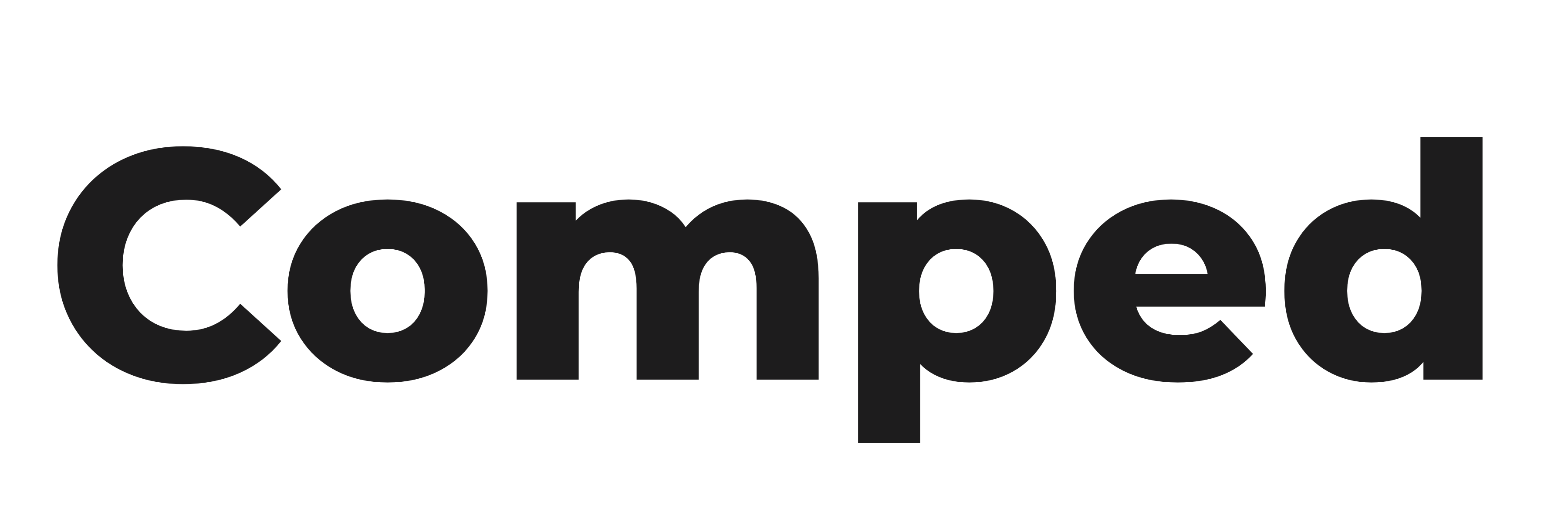A prediction market is an online platform where contracts based on the outcome of future events are traded. Traders can buy and sell shares on various markets, such as “what will happen in the next election” or an upcoming sporting event.
Prediction markets operate similarly to other financial trading platforms. The pricing of contracts serves as a real-time aggregated prediction of what will happen with that specific future event. Below, we take a detailed look at how prediction markets work.
🔎 What are prediction markets?
Prediction markets provide a venue for trading contracts tied to the outcome of a future event. Sites such as Kalshi allow traders to buy and sell shares in contracts tied to various markets, including politics, economics, pop culture events, and weather forecasts.
Contracts are the financial instruments used to facilitate trade in prediction markets. At most sites, traders can buy “yes” or “no” shares on the outcome, with prices ranging from 1 cent to $1. The price serves as an indicator of the perceived likelihood of an event happening. As an example, consider the following market for an economic indicator:
- Fed Funds Rate in May: Above 4.25%
- Yes: $0.79
- No: $0.23
Using the contracts’ pricing as a guide, traders view it as much more likely that the funds rate will be above 4.25% when this contract closes. If their speculation proves to be correct, they would earn $1 per contract. Meanwhile, those who hold “no” shares would see the value of their holdings go to zero.
As prediction markets remain open, the price of contracts will fluctuate as participants buy and sell shares in response to new developments. Naturally, there are no guarantees that the market pricing will translate into exactly what will happen. However, it is a “wisdom of the crowds” indicator that points to an outcome’s overall probability and likelihood.
♽ How prediction markets work
Prediction platforms function similarly to other financial markets. Traders in prediction markets buy and sell contracts on the outcome of a future event. For comparison, stock market traders buy and sell shares of companies, while popular markets on a commodities exchange include the price of oil or gold.
In all of the above, traders speculate on a result in hopes of being correct and ultimately earning a profit. For prediction markets, there are three main components to know:
-
Contracts:
These are the financial instruments that are traded and tied to the outcome of future events. -
Traders:
Those who are trading in the markets and providing liquidity as they buy and sell based on their predictions. -
Mechanisms:
The platforms that make the markets available, calculate prices, and facilitate transactions.
Most prediction platforms feature binary options markets, which involve traders choosing “yes” or “no” on the available contracts that they are interested in speculating on. Prediction sites earn money by charging a fee that varies based on the market’s price. Using Kalshi and a $100 trade as an example, the fee is capped at a maximum of $1.74.
As you view the available contracts on prediction market platforms, you’ll notice that the total value of “yes” and “no” options does not equal exactly $1. For example:
- Winner of the March Madness tournament semifinal
- Duke: $0.72
- Houston: $0.29
The total of the two prices works out to $1.01. This is due to the spread, which is the difference in demand. There is high demand for a market such as this one with a tight spread. If the spread is more prominent, such as $0.05, there’s lower demand and likely less volume and liquidity in the market for that contract.
What you can trade in prediction markets
Prediction markets have been surging in popularity. As participation and interest have increased, so too has the number of contracts available for trading. At Kalshi, there are over 900 contracts across various segments. As of this writing, here is what’s attracting the most trading volume in top categories.
- Politics: Who will win the House, Senate, and Presidency?
- Sports: March tournament (M) final qualifiers?
- Culture: Top US song on Spotify today? Who will win the next American Idol?
- Crypto: Bitcoin price today at 3 pm EDT?
- Climate: Highest temperature in NYC tomorrow?
- Economics: Fed fund rates in May?
- Companies: Best AI at the end of 2025?
- Financials: S&P price range today at 4 pm EDT?
- Health: US bird flu (H5N1) cases this year?
- World: Will the South Korean birth rate drop again in 2024?
Like any other market, interest will ebb and flow based on current developments. For example, a hot pop culture topic could suddenly capture a swarm of attention, leading to even more liquidity in that market. On the other hand, interest in a company or economic topic could tank, leading to less volume in those contracts.
Are prediction markets the same as gambling?
Prediction markets are not, by definition, the same as gambling. The former is considered a tool for forecasting outcomes based on probabilities. Online casinos, sports betting, and lottery are generally viewed as games of chance. That said, there are similarities between the two, most notably that participants’ ultimate goal is to turn a profit.
From the perspective of a prediction platform, the contracts are on equal footing to a commodities exchange. Using the Chicago Mercantile Exchange as an example, futures and options are traded on stock indexes, precious metals, energy commodities, and more. Traders take positions on the various instruments based on their expectations of what will happen.
In a prediction market, traders do the same thing, albeit with a broader variety of options, such as political, cultural, and economic events. The gambling label has been attached to these sites as they have risen in popularity, even more so since the introduction of contracts on various sporting events, such as the winner of March Madness or the next Super Bowl.
⚖️ Legal breakdown of prediction markets
Prediction market platforms like Kalshi, PredictIt, and ForecastEx are currently available across the US. However, questions on whether a prediction market is legal continue to linger. A case between Kalshi and the Commodities Futures Trading Commission remains unresolved. Kalshi won the latest round, but litigation is ongoing.
The app offered contracts for the 2024 US elections and has since expanded into sports futures. Meanwhile, states like Illinois, Nevada, New Jersey, and Ohio have presented the platform and other operators with cease-and-desist letters, essentially arguing that they’re offering unregulated sports betting.
The situation is evolving daily. For now, Kalshi and others are open to doing business across the US. Pushback from various states could close those markets, at least temporarily. We can expect continued legal wrangling until we receive further word from the CFTC, which has an upcoming roundtable.
Advantages and disadvantages of prediction markets
Advocates of prediction markets present convincing arguments, but the same holds true for detractors. Here’s a breakdown of the top advantages and disadvantages.
👍 Advantages of prediction markets
- Efficiency: As new information develops, contracts are traded with the prices adjusting accordingly, providing a real-time perspective on market perception.
- Applications: Prediction markets are offered for diverse fields of interest, providing the opportunity to glean insight for decision-making purposes.
- Accuracy: No market is always right, but prediction markets correctly predicted the 2024 US presidential election, while traditional polling was off the mark.
👎 Disadvantages of prediction markets
- Regulation: The lack of regulation and continuing litigation open questions on both market security and its long-term viability.
- Biases: The wisdom of the crowds can also apply in reverse, as biases may push participants to make predictions that are skewed.
- Risks: The possibility of contract manipulation exists, as extensive volume could influence prices and lead to distorted predictions.
Prediction markets remain in their infancy. They will continue to evolve, and a lot will depend on what happens on the legal front at both the state and federal levels.
🔮 Future outlook of prediction markets
If interest in prediction markets is a guide, then the future looks incredibly bright. Kalshi has attracted extensive volume for tentpole events that it has offered contracts for, including the 2024 US elections, the Super Bowl, and March Madness.
However, its thriving popularity has led to increased scrutiny and pushback. The ultimate ruling on the CFTC case is still to be determined, while concerns from individual states have escalated to the cease-and-desist level.
In short, we’ll have to stay tuned for what’s to come. Similar to online sports betting and casino gaming, the demand for prediction markets is clearly there, but the speed of regulation does not always match the level of interest that has been demonstrated.


